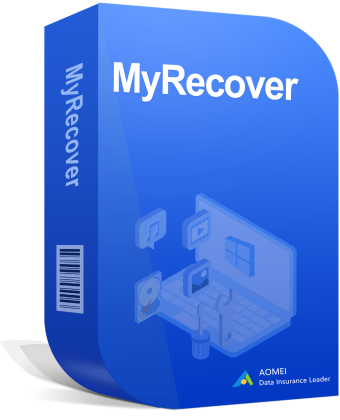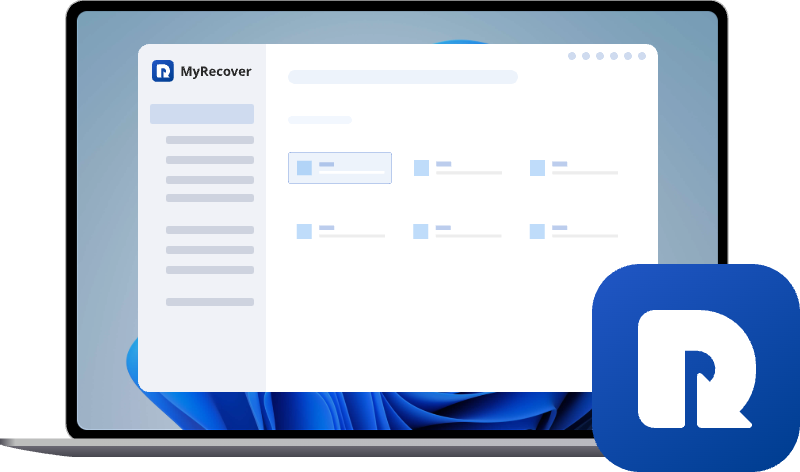Step-by-Step Guide: Restore from a System Restore Point [Within Windows / Boot Options]
A system restore point allows Windows users to roll back their computer to a previous state without affecting personal files. This article explains how to restore from a system restore point in Windows 11 and Windows 10, including using the built-in System Restore feature from both the operating system and boot options.
What Is A System Restore Point?
A system restore point is like a snapshot of your Windows system at a specific moment in time.It records important system settings, installed programs, and Windows configuration — but it does not include your personal files (like documents, photos, or videos).
We can take it as a safety checkpoint: if something goes wrong (like a software crash, bad update, or incorrect system change), you can roll back your computer to that previous state without affecting your personal files.
When Need to Restore From A System Restore Point?
Generally speaking, weshould consider restoring from a system restore point when the Windows system is not working properly due to recent changes.Common Situations:
📌System crashes or errors: Your computer suddenly freezes, shows blue screens, or behaves abnormally after installing new software or drivers.
📌Failed Windows updates: A recent update causes your system to malfunction or prevents Windows from starting correctly.
📌Problematic software installation: Installing a new program or driver causes conflicts, crashes, or system instability.
📌Incorrect system settings changes: Changing system configurations or registry settings leads to errors or unexpected behavior.
📌Virus or malware impact on system settings: While restore points don’t remove viruses, they can undo system changes caused by malware.
👉See Also: how to create a System Restore point
How to Restore from A System Restore Point Windows 11 or 10?
Now, let’s explore how to restore from a system restore point in Windows 11 and 10, both within Windows and using boot options.
Section 1. Perfrom System Restore Within Windows (When Windows Can Boot)
When your Windows system is still running normally, you can restore it using a system restore point from within Windows. This method is straightforward and does not require external media, allowing you to quickly roll back system settings and installed programs to a previous working state.
Step 1: Open System Restore: Press "Windows + S", type "Create a restore point", and select the app from the search results.
Step 2: Open System Properties: In the System Properties window, click "System Restore".
Step 3: Choose a Restore Point: Click "Next", then select the restore point you want to use. If you have multiple restore points, there would be an option "Show more restore points”, allowing you to see older restore points.
Step 4: Confirm and Restore: Click "Next"→ Finish to begin the restoration. Your PC will restart and restore system files and settings to the selected point.
Section 2. Perfrom System Restore From Boot Options (When Windows Won’t Start)
When your Windows system cannot boot normally due to crashes, blue screens, disk error, or failed updates, you can restore it from a system restore point using the boot options. This method allows you to access the Windows Recovery Environment (WinRE) and roll back your system to a previous working state.
Step 1: Access Advanced Startup: Insert a Windows installation USB/DVD or a system repair disc, then restart your computer. Boot from the USB/DVD and select "Repair your computer".
Step 2: Open System Restore: In the Choose an option menu, select "Troubleshoot → Advanced options → System Restore"
Step 3: Select a Restore Point: Pick your user account and enter your password if prompted. Then select the restore point you want to use.
Step 4: Confirm and Restore: Follow the on-screen instructions to start the restoration process. Your PC will restart and restore system files and settings to the selected restore point.
Limitations of System Restore
While system restore points are very useful for fixing system errors, undoing problematic updates, or rolling back incorrect system changes, they have one important limitation: System restore cannot recover individual files such as documents, photos, videos, or other personal data.
In other words, if you accidentally deleted important files or lost data due to formatting, virus attacks, or disk errors, System Restore cannot bring them back. In these cases, reliable third-party data recovery tools such as MyRecover can help you recover lost or deleted files safely and efficiently. MyRecover can help recover files that System Restore cannot.

- Handles over 500 types of data loss situations, such as accidental deletion, formatted drives, malware attacks, RAW partitions, and unexpected power failures.
- Supports recovery of more than 1,000 file formats, including photos, videos, documents, compressed files, emails, and other common file types.
- Works with over 500 different storage devices, such as internal and external hard drives, SSDs, USB flash drives, SD cards, and digital cameras.
- Features AI-assisted file recognition, advanced deep scanning for hard-to-retrieve files, and the ability to preview files before recovery.
You just select the target drive, scan it for all recoverable files, choose whatever you want to retrieve, click on "Recover" button.
Key Takeaways
By now, you should have learned how to restore your Windows system from a system restore point and roll it back to a previous stable state. This method can effectively fix crashes, errors, or problematic updates without affecting your personal files. However, it cannot recover deleted or lost documents, photos, or videos.
For those cases, professional data recovery tools like MyRecover are recommended, as they can retrieve files from various scenarios, support multiple file types and devices, and use advanced scanning features. Additionally, the Technician edition allows professionals, businesses and MSPs to offer billable data recovery services to clients.


